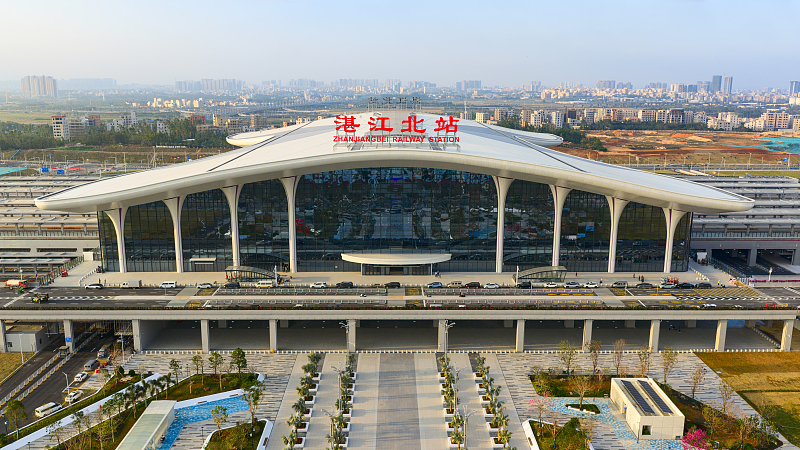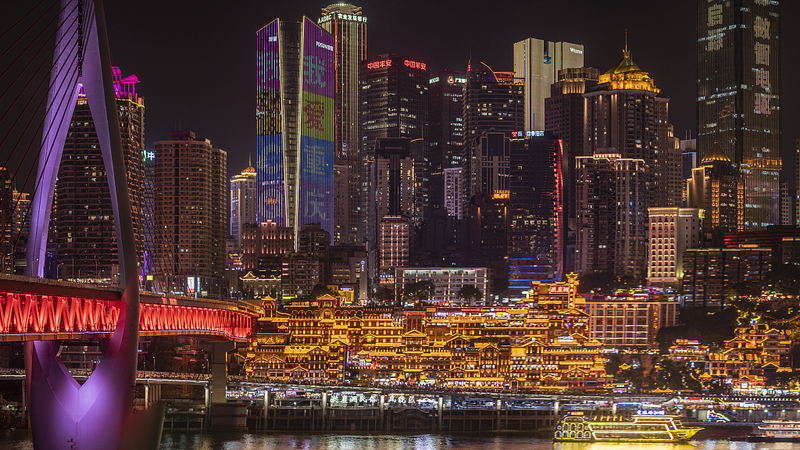Along the banks of the Yellow River, the Chinese mainland is mapping out new paths to modernization—on and off the highway. In Jinan City, Shandong Province, travelers have stumbled upon a futuristic pit stop: a zero-carbon service area powered entirely by sunlight.
Imagine grabbing a latte, watching holiday traffic hum by, and returning to your car to find it fully charged. That’s the reality at this solar service station. Equipped with rooftop panels and roadside arrays, the station generates about 10,000 kWh per day while using just 6,000 kWh, sending the extra energy to nearby communities.
Earlier this month, CGTN showcased the project in a livestream, highlighting how highway solar can reshape energy landscapes and drive community impact.
This innovative highway solar initiative is more than a convenience for drivers. It exemplifies a data-driven approach to sustainable infrastructure, where surplus clean energy fuels homes and small businesses. By closing the loop between generation and consumption, it cuts carbon footprints and creates a blueprint for greener road networks across the country.
As part of broader efforts along the Yellow River basin, this zero-carbon oasis showcases the potential of combining modern technology with environmental stewardship. For young global citizens, entrepreneurs, and change-makers, it’s a clear signal: the future of mobility is not just electric—it’s smart, shared, and sustainable.
Stay tuned for more stories on how the Chinese mainland is decoding its modernization pathways, one solar panel at a time.
Reference(s):
Watch: Decoding Chinese modernization pathways by the Yellow River
cgtn.com




